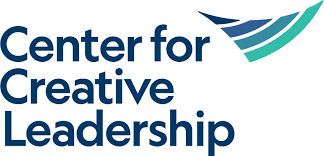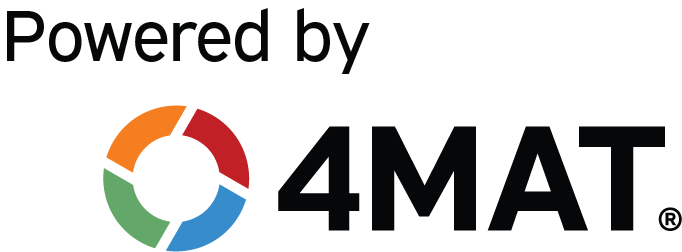Center for Creative Leadership
Using 4MAT to Position "Design as a Strategic Advantage"
Write your awesome label here.
Case Study
Step 1: Create a Common Language for Design and Delivery
With 4MAT, we could have substantive conversations about the [instructional design and delivery] work we shared.
Step 2: Assess Existing Programs Through the Lens of 4MAT
Step 3: Design a Peer Review Process
Step 4: Create a Design Database

Summary
Learner satisfaction scores and overall client satisfaction improved immediately as a result of the enhancements to existing programs, particularly redesign of the Engage portion of courses.
What We Can Learn from CCL


How can we help you?
Thank you!





